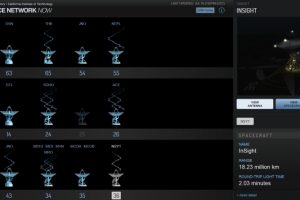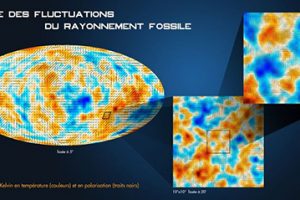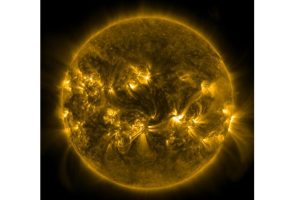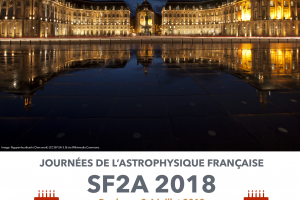Gravitational Wave/ISIS Research Group Meeting: Open questions in signal analysis for gravitational astronomy
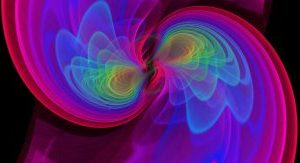
ISIS-OG GdR meeting: open questions in signal analysis for gravitational astronomy The first observations of advanced LIGO and Virgo mark the advent of a new gravitational astronomy, with great potential for discovery in many fields from fundamental physics to astronomy and cosmology. This will be developed in the coming years during future and longer-term data collection using new ground-based instruments, […]
» Read more
